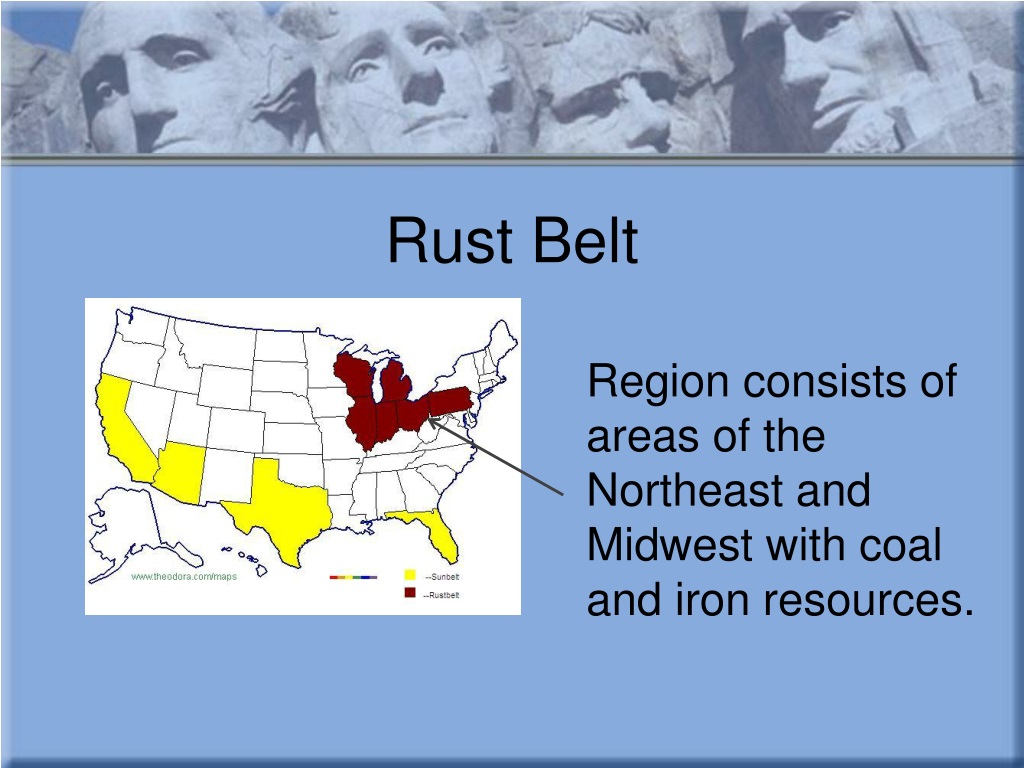


The Roybal Center for Behavior Change in Health.Retirement and Disability Research Center.Measuring the Clinical and Economic Outcomes Associated with Delivery Systems.Improving Health Outcomes for an Aging Population.Early Indicators of Later Work Levels, Disease and Death.Conference on Research in Income and Wealth.Boosting Grant Applications from Faculty at MSIs.Productivity, Innovation, and Entrepreneurship.International Finance and Macroeconomics.Written by Rust Belt Recruiting’s Recruiter, Weston Strayer.Ĭonnect with Weston on LinkedIn to learn more about our current job openings, industry trends, and recruitment services. We look forward to partnering with more clients in the Rust Belt and continuing to Renew Our Region! We do not see the term ‘rust belt’ as a negative, but instead see proud companies and employees who are motivated to work hard and excited to contribute to major growth in the years ahead. We take pride in helping not just fill jobs, but create futures for those who are looking for a new career. We are excited to work with clients who oftentimes have seen companies passed through multiple generations. At Rust Belt Recruiting, we are proud to call this area home. With investments like Intel’s, the region can now expect strategic partners throughout the surrounding area to help support production and begin to build a new reputation highlighted by innovation and job creation. With existing infrastructure that continues to grow in time, the Rust Belt can now become known as the new home to high-tech manufacturing operations. In January of this year, Intel announced they would be making a $20 billion investment in Ohio signaling a new opportunity for the Rust Belt to once again become a region of strength for the U.S. More than $2.3B in venture capital funding was secured in 2021 showing continued investment in the region.Īs demand for space and living costs have increased over time, the Rust Belt is now offering a landing spot for companies and workers looking for a new home. Additionally, Ohio recently announced the approval of assistance for eight projects that will create over 1,800 jobs connected to manufacturing and ensure that over 800 jobs remain in the Buckeye state. The average annual earnings of Ohio workers on manufacturing payrolls in 2020 were $65,000. Here in Ohio, manufacturing accounts for over 650,000 jobs and is the leading contributor to Ohio’s Gross Domestic Product (GDP). While the jobs of the 1950s and 60s aren’t returning, the Rust Belt remains an incredibly important region for the country. In the same time period, the region saw its share of manufacturing jobs fall by 34%. Between 19, the Rust Belt saw a decline of about 28% of total jobs. Facing this new competition, wages began to drop before jobs were eventually cut as companies saw profits disappear. economy shifting to more service-oriented industries. All of these factors coincided with the U.S. This was even more prominent in the Rust Belt because aging factories and machines couldn’t keep up with the more efficient processes of updated technology. When the United States opened trade from overseas and imports began to flood the market, the manufacturing industry as a whole began to struggle. With such a dominant position in the market, companies faced limited competitive pressures, which incited organizations to maintain the status quo rather than push the boundaries of innovation and growth. In the 1950s, almost half of the manufacturing jobs in America were located in the Rust Belt. Meanwhile, the term ‘Rust Belt’ became more common as the elements caused abandoned facilities to rust over time.

The decline continued and factories began to sit vacant. As these industries began to see a decline, companies started to send jobs overseas and moved south in search of lower costs and cheaper labor. Industries including Automotive, Coal, and Steel dominated the region and employed much of the population. This access enabled companies that were household names to grow in prominence, making the region a manufacturing stronghold. The region’s access to the Great Lakes, canals, and rivers, allowed for convenient shipping of completed product and entry of raw materials. Others are trying to rebrand the region as pushes for innovation and job creation remain at the forefront of the Midwestern conversation. Some see the term as derogatory, a sign that the best years in the region are behind us. The term Rust Belt can be traced back to the 1960s and 1970s as industry in the Midwest stretching from New York to Wisconsin began to face population and economic declines.


 0 kommentar(er)
0 kommentar(er)
